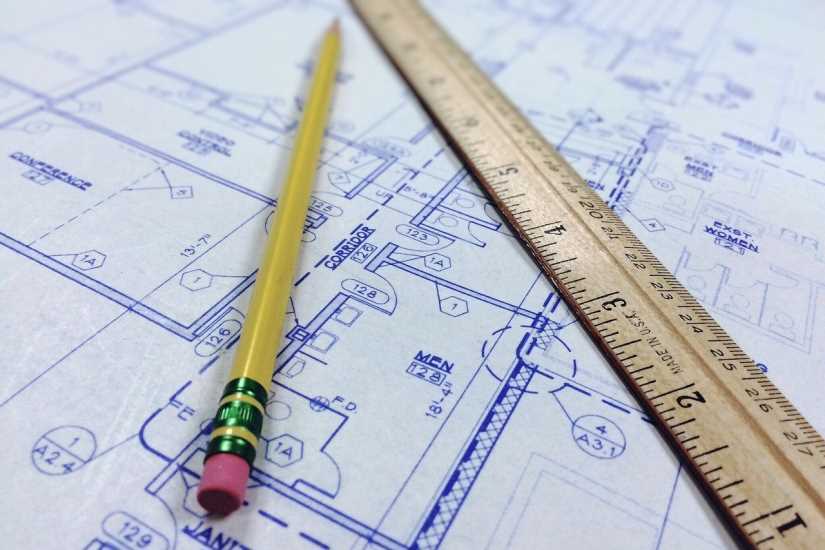Scaffold Your Clean DDD Web Application - Part 1: Set Up the UI

This is the first in a multi-part series in which I will be building off the Foundational Concepts Series. My objective is to present actual, procedural steps that you can follow and apply to your own web projects using ASP.NET Core. As I present these steps, I will be updating the demo application accordingly, the goal being to evolve it into a working web application by the end of this series.
My objective is to demonstrate that Clean Domain-Driven Design works in modern web applications built on the ASP.NET Core stack. The desired end-product will be a multi-tenant SaaS product which can scale to accommodate complex business logic. I intend to revisit different areas of functionality in future blog series’, at which point we can make it more robust and enterprise worthy.
[...Read More]



